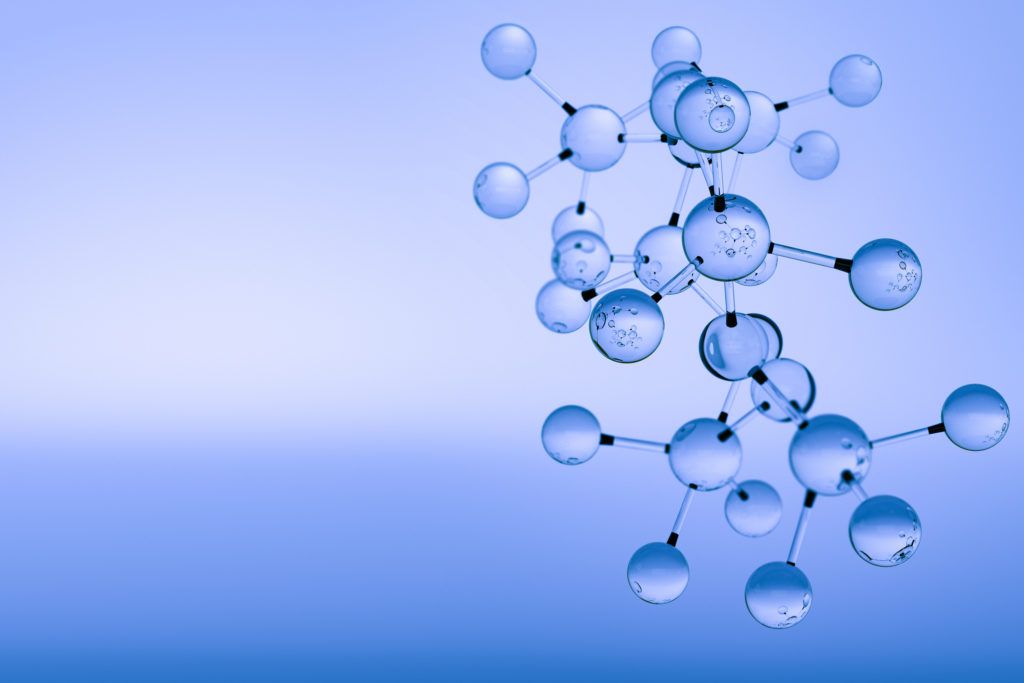
Part one of this article series focused on multiple lines of evidence that suggest therapeutic effects of psychedelics are dependent on the serotonin 2A receptor (5-HT2AR). While it’s well established that 5-HT2AR activation is necessary for the psychedelic experience,1 it’s still up in the air whether the antidepressant and anxiolytic effects that are seen preclinically and clinically are reliant on that same receptor activation. Here, we explore the research supporting 5-HT2AR-independent mechanisms.
Neuroplasticity
As mentioned in Part one, neuroplasticity refers to the brain’s ability to modify, change, and adapt over time or due to experiences. The administration of psychedelics has been shown to alter the structure and function of brain cells to promote antidepressant-like behaviors.2 Neuroplasticity can be measured in multiple ways but is most commonly done by using neuronal cells and measuring the growth of synaptic elements like dendritic spines.
A recent study by Chao et al. 2021, used this methodology to assess how psilocybin affects spine growth and whether these effects are dependent on 5-HT2AR.3 This study used both live mice to look at dynamic changes in spines, as well as cells to look at fixed structural differences 24 hours after psilocybin. They found that spine density was increased after psilocybin treatment, compared to saline, and was sustained for up to a month. Using ketanserin (a commonly used 5-HT2AR antagonist) they found that the effects of psilocybin on spine growth are not altered, but the effects on head twitch response were blocked. This study suggests that receptor activation other than 5-HT2AR may play a role in psilocybin’s effects on neuroplasticity.
Anti-Depressant Effects
Many clinical studies have focused on psychedelics for the treatment of depression but very few have specifically aimed to address the question of 5-HT2AR involvement. It is no secret that serotonin plays a major role in the pathology of depression, with the major treatment being selective serotonin reuptake inhibitors (SSRIs).4 One study recently compared the effects of an SSRI, escitalopram, with psilocybin and found that psilocybin is just as effective as the SSRI, but this study did not assess specific receptor involvement.5
Depression is somewhat difficult to assess in rodents, as they do not show human-like emotion, but it is possible to mimic depressive-like behaviors such as anhedonia following induced stress. This behavior in mice is seen as a lack of interest or “pleasure” in normal rodent behaviors related to food and arousal.6
Hesselgrave et al. 2021 looked at how stressed mice behaved following administration of psilocybin.7 Following a stress paradigm, they tested mice in the sucrose preference test and female urine test, which are both used to test anhedonia. Psilocybin administration was able to restore behaviors to levels similar to before the animals were stressed. Ketanserin was unable to block any behavioral changes in these conditions. This suggests that depressive-like behaviors are decreased following psilocybin and are not dependent only on 5-HT2AR activation.
Anxiolytic Effects
Preclinical studies aiming to understand psychedelics’ effects on anxiety-like states in rodents have suggested that there may be more than 5-HT2AR activation at play. As mentioned in part one, there are many ways to model anxiety-like behaviors in rodent models. Instead of using a fear conditioning model, a study by Odland and colleagues used a marble-burying test.8 This model gauges the level of “anxiety” in a rodent when it encounters unfamiliar objects and is used to assess novel anxiolytic compounds.
In the mentioned study, the marble burying is used to assess compulsive-like behaviors, which can overlap with anxiety-like behaviors. Diagnostically, anxiety and obsessive-compulsive disorder are different but have some overlapping symptoms and treatments.9 Odland et al. tested the effects of psilocybin and DOI* on digging/burying and found that both compounds reduced total digging. When they used different antagonists to block the effects of these compounds, they found that 5-HT2AR and 5-HT2CR antagonists did not block the effects of psilocybin on marble-burying, but 5-HT2AR antagonists did block effects of DOI.8 These results suggest that different psychedelics may have differing receptor targets for their similar pharmacological effects and that the 5-HT2AR isn’t the only receptor involved in anxiolytic effects of psilocybin.
*2,5-dimethoxy-4-iodoamphetamine
Conclusion
While psychedelic research is abundant and robust, there is still a lot of work to be done. This article highlights some evidence of 5-HT2AR-independent mechanisms involved in the potential therapeutic effects of psychedelics. Interestingly, the reports on non-5-HT2AR involvement focus mainly on psilocybin. Psilocybin also binds to 5-HT1AR with high affinity and this receptor is thought to play a role in neuronal growth, cognition, learning, and memory.10
It is important to understand that psychedelics have a myriad of other receptor targets besides the 5-HT2AR that could be responsible for some of these therapeutic effects. Whether it is a combination of receptor targets and downstream signaling, or it’s a different receptor target altogether, researchers are working hard to determine the mechanisms behind psychedelics.

There is a small typo – the paper is Shao et al 2021, not Chao 🙂 What do you make of the paper from Calvin Ly et al., 2018? They blocked the 5-HT2A receptor with ketanserin when administering various psychedelics, including psilocin. Ketanserin blocked the normal plasticity-promoting effects of all psychedelics. It looks like their ketanserin dose was higher (10x the psilocybin dose) than either Shao or Hesselgrave’s doses (1x and 2x the psilocybin dose). Maybe they just aren’t using enough ketanserin? Shao et al even discuss this in their paper: “our results do not rule out the involvement of… Read more »
Thank you for comments and the typo correction! A part 1 was written focusing on the evidence of 2A mediated mechanisms and highlights the insight from the Ly et al paper. Knowing the complexity of the brain and receptor involvement in behavior, it’s most likely that multiple serotonin receptors are involved in the effects of psychedelics. There has been some work done looking at differing doses of antagonists such as ketanserin and Volinanserin (a more competitive antagonist), but I think more needs to be done to characterize an appropriate dose across studies. One of the main caveats from these recent… Read more »